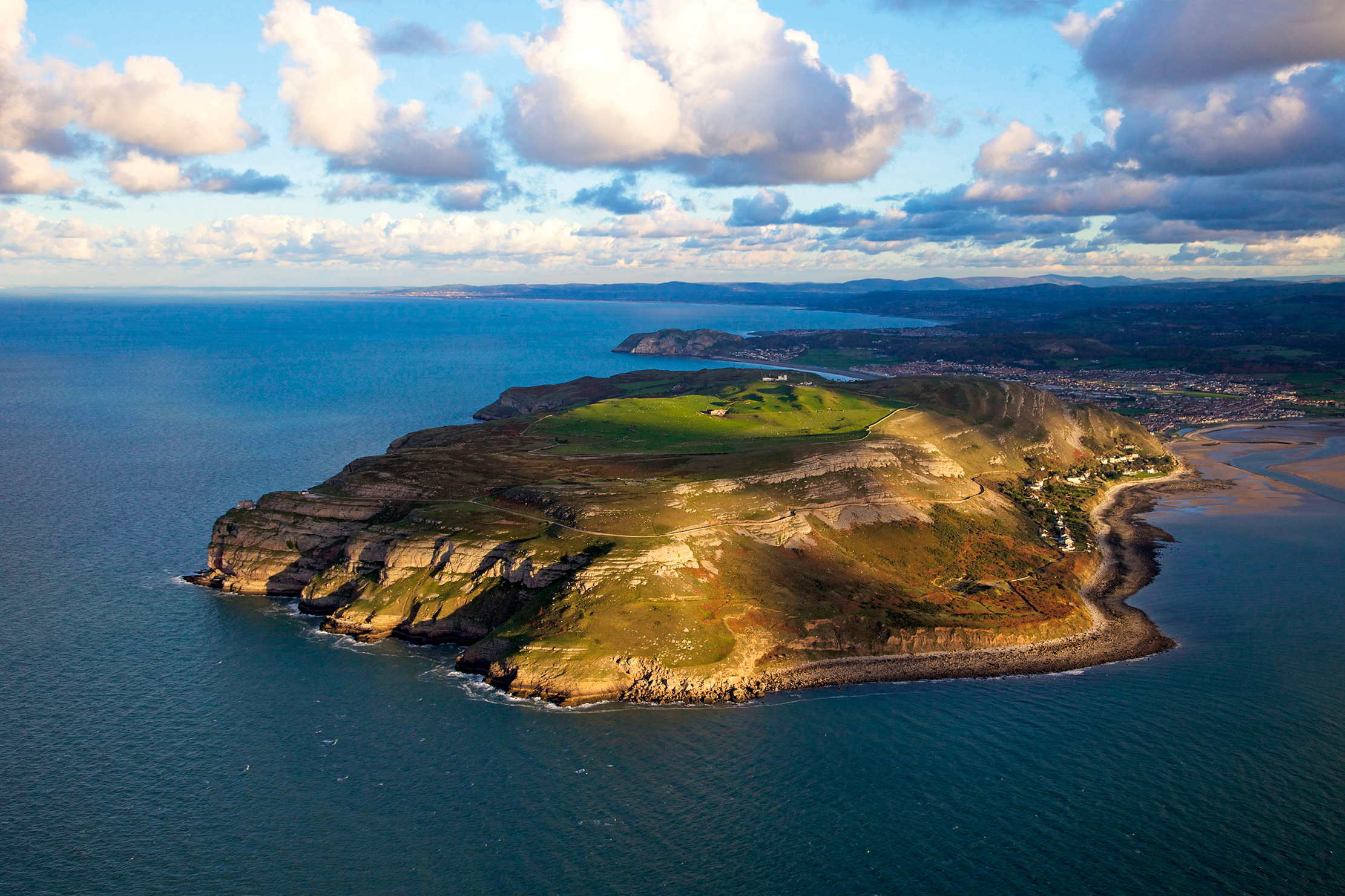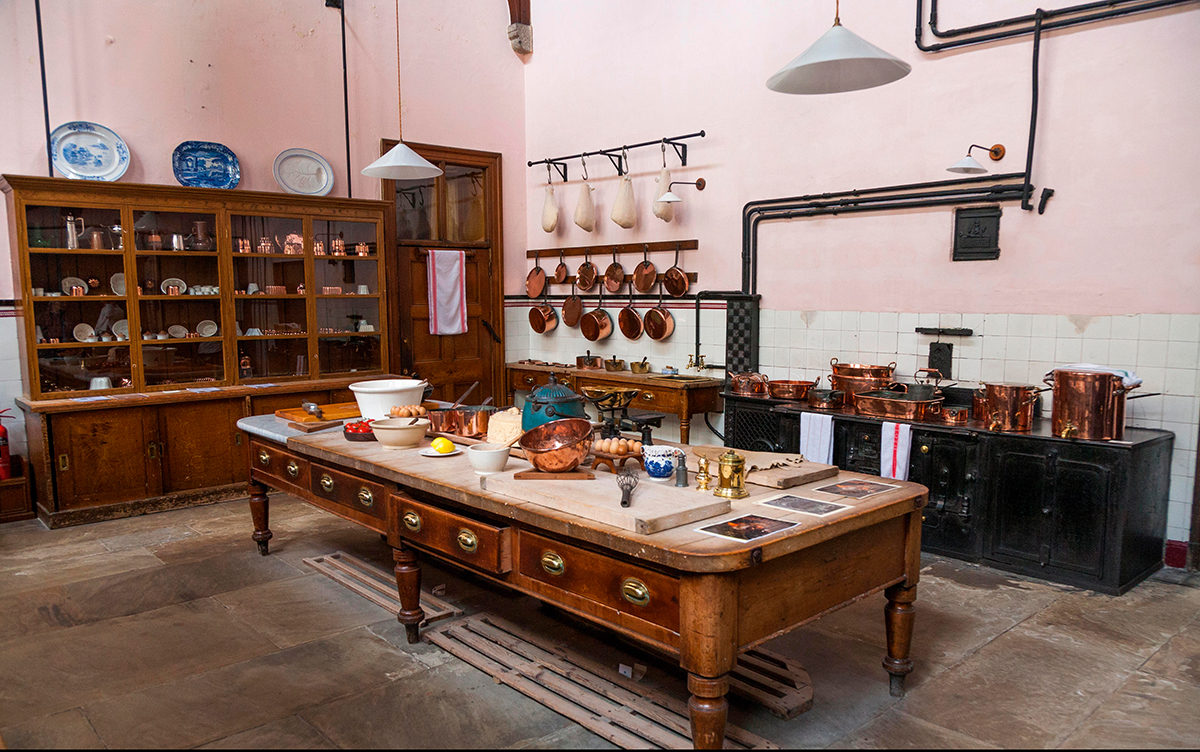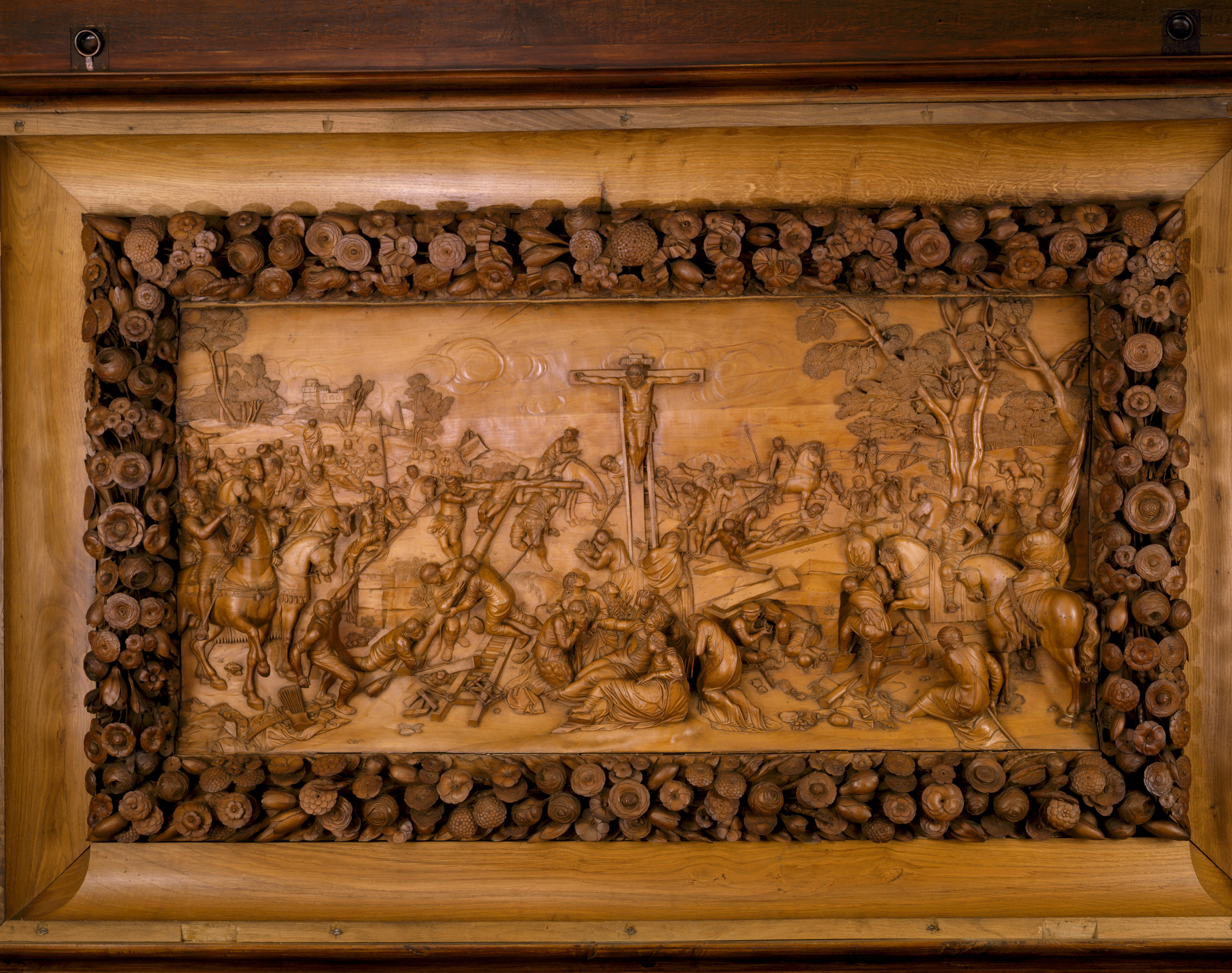Simon Jenkins: Britain’s historic houses are, for the most part, safe — that is not true of the countryside
The National Trust is tying itself in knots, argues its former chairman Simon Jenkins, while missing real challenge of the moment: the future of our countryside and the assault on the planning system.


Ever since its foundation, the National Trust has argued with itself and the argument is the same. Is it about gumboots or gutters, rolling acres or gilded cornices, Scafell Pike or Hardwick Hall?
At the end of the day, the answer is always the same. Both.
The Trust faces a financial crisis due to Covid-19. It has lost £227 million already and must find £100 million fast. This re-opens the old wound, what are its priorities and what impact must they have on long-term strategy?
On one thing there is no argument. The Trust was founded first to conserve and second to present what is conserved to the widest public, in that order. Octavia Hill, its co-founder, wanted to bring to the urban poor ‘the life-enhancing virtues of pure earth, clean air and blue sky,’ identified as ‘lands and tenements of beauty and historic interest’.
For the first part of its history, the Trust dealt mainly with saving and accessing landscapes, such as the Lake District, the Pennines and the Downs. Not until the 1930s did it move seriously into country houses, most urgently when they faced mass demolition after the Second World War. It now has some 500 properties, including more than 300 houses great and small open to the public.
Since a financial rescue in the 2000s, the Trust’s balance sheet has been robust. It needs no government subsidy and its membership has boomed, from a million in the 1980s to near six million today. But the houses are a problem. They consume two-thirds of the Trust’s £600 million budget and an increasing conservation bill, now an unprecedented £168 million annually. At the same time, the houses have stalled as visitor attractions, as numbers visiting gardens and landscapes soar.
Every attempt to increase the appeal of the houses is greeted by howls of ‘Disneyfication’, often from people who never go near them. For what it’s worth, I happen to think any public attraction can learn something from Disney. When I was at the Trust, we campaigned to ‘bring the houses to life’, to make them more welcoming and lived in. It was a shock to the old guard in 1969 when Lanhydrock in Cornwall, opened its staff quarters to ‘upstairs-downstairs’ presentation. To much amazement, downstairs proved the bigger draw.
Exquisite houses, the beauty of Nature, and how to get the most from your life, straight to your inbox.

Trust houses show no sign of abandoning their historic commitment to conservation of fabric or contents. But a wider audience clearly wants to be engaged, not lectured. It is less interested in ‘the third earl’s second wife’s first son’, more in the nursery at Ickworth, the poetry wall at Coleridge’s Cottage and the croquet lawns, billiard tables and pianos we brought back to use everywhere. Houses are museums of lives lived, not only of things. Witness the popularity of Vaughan Williams’s otherwise undistinguished Leith Hill Place or Wordsworth’s Allan Bank.
The reality is that Britain’s historic houses are, for the most part, safe. That is not true of the Trust’s other conservation obligation, the countryside. Since the advent of town (and country) planning in 1947, there has been a national consensus for preserving the distinction between rural and urban Britain, with a presumption in favour of the former as its loss is irrevocable. Opinion surveys at the millennium found ‘the English countryside’ ranked with the Royal Family and Shakespeare as most loved facets of Britishness.
The Trust has always had a central role in this consensus, both as a campaigner and as one of Britain’s biggest landlords. It has not shirked often painful debates on land use, hunting and country sports, rewilding, biodiversity and energy. Those debates embrace what should stay emphatically rural. This doesn’t mean only national parks and AONBs, which are, for the most part, safe. It hears the value British people attach to every stretch of its countryside, to the pattern of hills and valleys, the absence of advertising and sprawl, the harmony of fields, woods, streams and hedges that survives across most of Britain’s land area in pre-industrial form. That value is as precious as any historic town or building.
Such language is completely absent from the new white paper on the future of British planning from the Local Government Secretary Robert Jenrick. It is concerned solely with new building — unsurprising, given the building lobby that seemingly helped write it. It has not a paragraph on rural guardianship. The nearest its illustrations get to the countryside are a road verge and a window box.
There is no definition of country that might qualify for protection other than areas already designated. To this menace must be added the UK’s impending departure from the EU and the demise of farm subsidy payments. The former environment secretary Michael Gove’s concept of ‘public money for public goods’ makes no reference to scenery or landscape beauty as a ‘good’. There is even to be a class of favoured developers with ‘earned autonomy’. Autonomy from what and earned how, Mr Jenrick? Who on earth wrote this? It is the path to Los Angeles or New Jersey.
In the 1960s, when coastal England was being rapidly lost to resort development, the National Trust launched Operation Neptune, to buy up and protect as much of the coast as it could. It was a remarkable venture, saving close to 800 miles or 10% of coastline from development. The Trust cannot do likewise to rural Britain. It can be saved only by planning control, a control that is now to be weakened.
That is why the Trust should go on Hill’s warpath. It must state unequivocally that the Government’s assault on planning is the most concerted threat to the countryside it has faced since the 1930s free-for-all. Protect must mean protect. The Trust should stop worrying about the last British Empire and worry about the next, the empire of concrete.
Simon Jenkins was chairman of the National Trust from 2008 to 2014.

How the 125-year-old National Trust fulfils 21st-century needs for a beautiful Britain
Caring for places of history and natural beauty is a necessity which spans the ages.

Nine of the most astonishing objects you can see at National Trust properties, from priceless paintings to a wooden leg to a simple tunic with a heartbreaking tale to tell
We're taking a look at nine of the greatest objects on display in the National Trust's properties across Britain.
Country Life is unlike any other magazine: the only glossy weekly on the newsstand and the only magazine that has been guest-edited by His Majesty The King not once, but twice. It is a celebration of modern rural life and all its diverse joys and pleasures — that was first published in Queen Victoria's Diamond Jubilee year. Our eclectic mixture of witty and informative content — from the most up-to-date property news and commentary and a coveted glimpse inside some of the UK's best houses and gardens, to gardening, the arts and interior design, written by experts in their field — still cannot be found in print or online, anywhere else.
